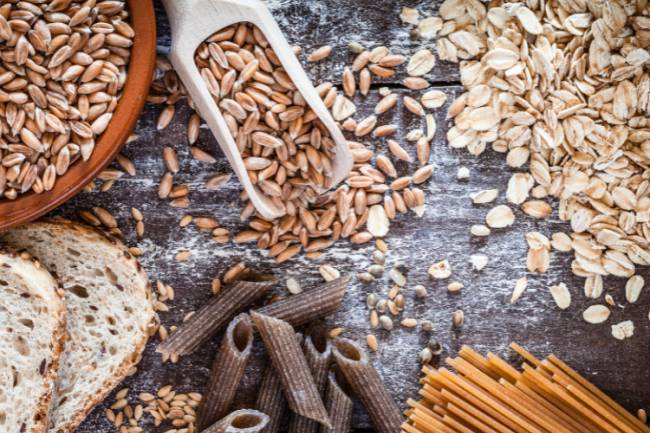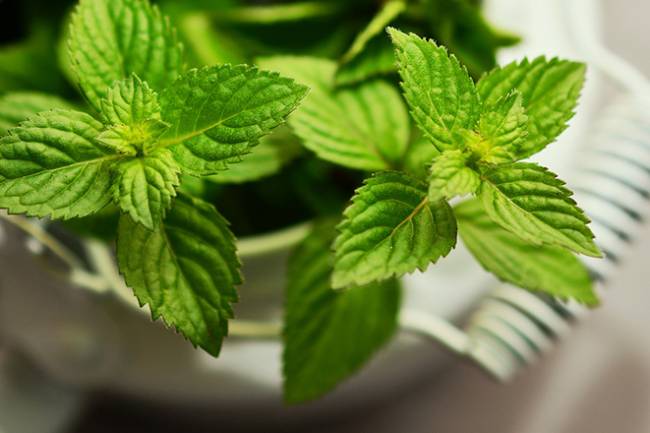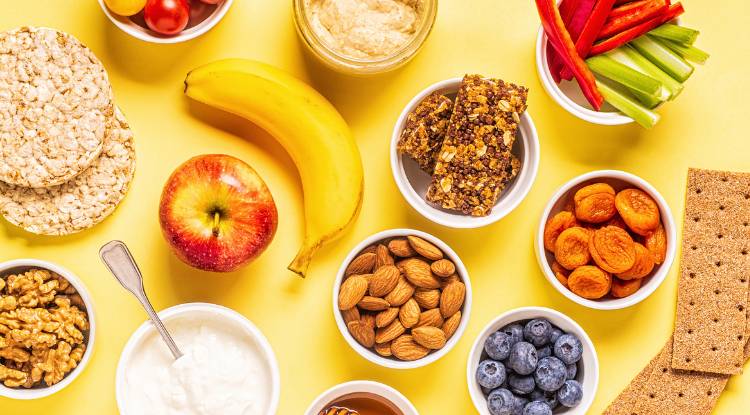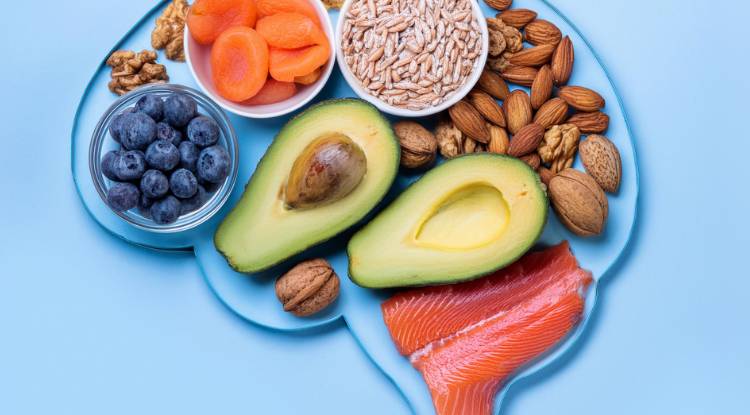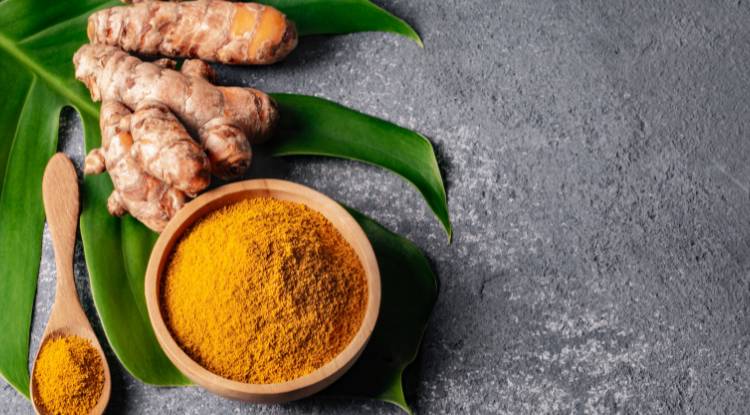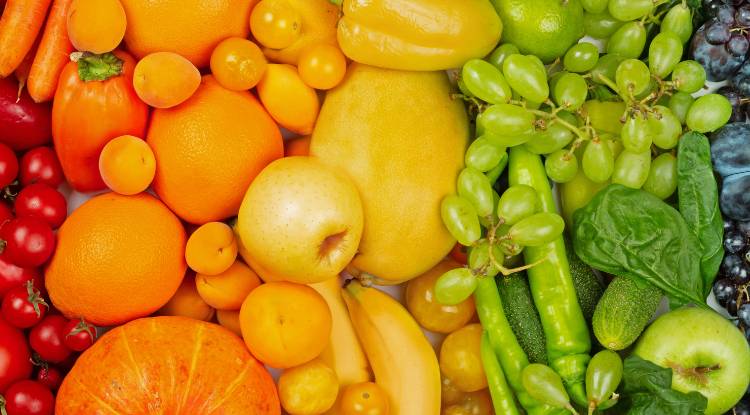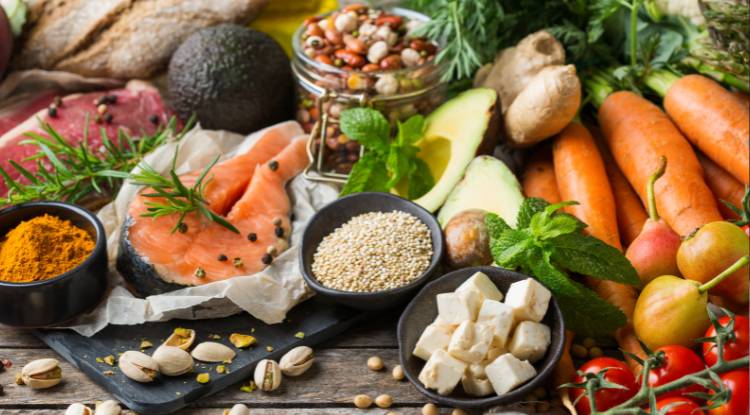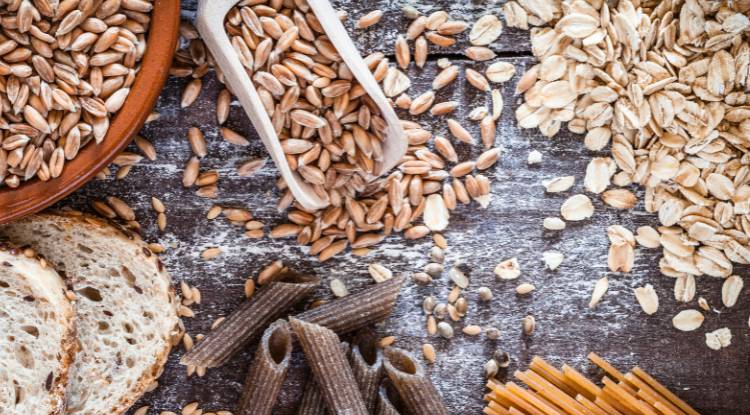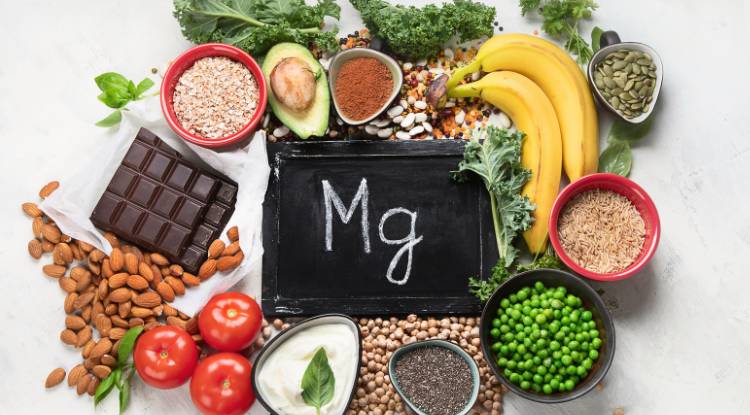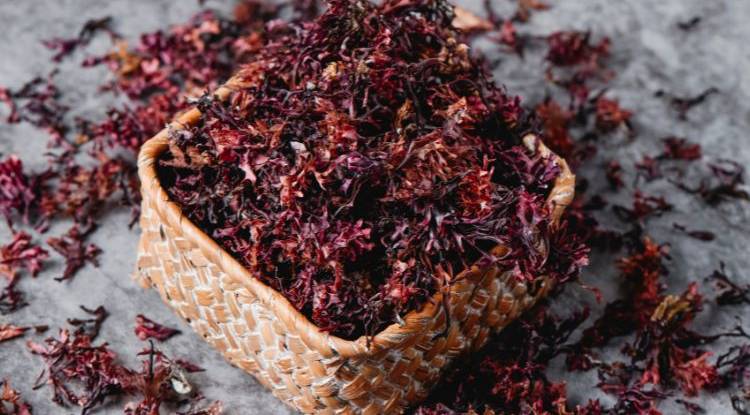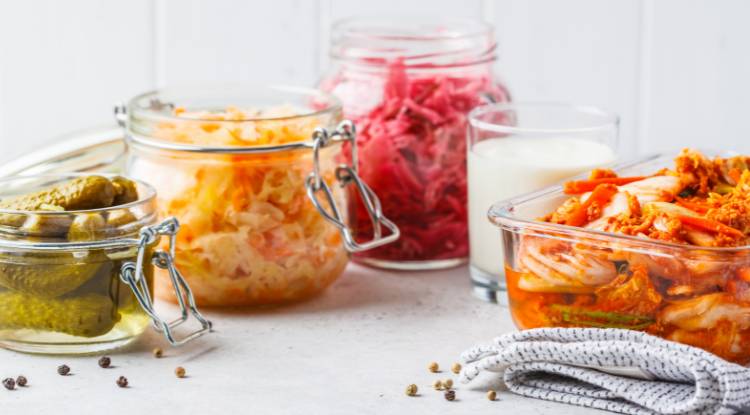How to Reach 30 Plant Points a Week, Without Stress or Overwhelm

Most people have heard that eating more plants is good for them. But in recent years, researchers have highlighted something even more specific: the diversity of plants you eat may matter just as much as the quantity. A wide variety of plant foods: fruits, vegetables, grains, legumes, nuts, seeds, herbs, and spices, can create a richer, more resilient gut microbiome.
One metric that has grown in popularity is aiming for 30 different plant foods per week. And while this number sounds oddly precise, it’s grounded in research. This article breaks down why it matters, what counts, and simple, doable ways to increase plant variety without turning meals into a maths project or food becoming another thing to stress about.
Why aim for 30 different plants per week?
The idea originated from the American Gut Project, one of the largest microbiome studies ever conducted. Researchers observed that people who ate a wider range of plant foods tended to have a more diverse gut microbiome. That diversity is generally linked with better digestive health, stronger immunity, more stable energy levels, and lower inflammation.
Other studies have echoed the same message: variety is key. Different plants contain different fibres, polyphenols, vitamins, minerals, and antioxidants. Each one feeds different species of beneficial gut bacteria, which then produce compounds that support gut integrity, metabolism, and overall well-being.
The fibre connection
Plant foods are particularly rich in dietary fibre which is something most people in the UK fall far below recommended levels on. Fibre supports health in several ways:
Keeps digestion moving smoothly
Helps reduce constipation
Provides fuel for beneficial gut microbes
Supports the production of short-chain fatty acids, which help nourish gut cells and reduce inflammation
Because different plants offer different types of fibre, variety creates a more balanced gut environment than relying on a small rotation of the same few foods.
A quick disclaimer
While plant diversity can be helpful for many people, there are situations where aiming for a target like “30 per week” may not be appropriate. For instance, anyone dealing with disordered eating recovery, active IBS flares, or very low energy intake. When in doubt, personalised guidance is always best.
What actually counts as a ‘plant point’?
A “plant point” simply refers to one unique plant food. It’s not about the quantity, but about diversity. A handful of blueberries and a handful of raspberries count as two separate points. The same applies to different grains, nuts, types of beans, vegetables, and even different colours of the same fruit, like a red apple versus a green apple.
Here’s what contributes a plant point:
Fruit (fresh, frozen, tinned, or dried)
Vegetables
Whole grains (e.g., oats, quinoa, barley)
Legumes (beans, lentils, chickpeas)
Nuts and seeds
Herbs and spices (these count as ¼ of a point each)
Different varieties count separately, so cashews and almonds earn two distinct points, and black beans and kidney beans are also separate.
One nuance: multiple foods made from the same base ingredient count as one point. So wheat bread, couscous, and pasta are still one point: wheat.
The goal isn’t to count obsessively day to day, but to use this framework to guide your choices and gently expand your plant intake in a way that feels good.
How to reach 30 plant points a week, without tracking everything
You absolutely don’t need to meticulously count every food you eat. In fact, for many people that would feel consuming and unhelpful. Think of plant points as a light framework, an idea to keep in the back of your mind.
Start small and build gradually: you don’t need to overhaul your entire routine. Choose one meal or habit to experiment with first.
Begin with breakfast for two weeks
Start by upgrading your snacks
Pick one category (e.g., nuts and seeds) and intentionally add more variety there
Once that feels settled, move on to adding diversity in a second area. Slow growth creates sustainable change.
Below are simple, zero-stress ways to naturally increase variety. Start with one or two ideas and return for more when you’re ready.
1. Buy a mixed nut or seed blend: A bag that contains a blend such as pumpkin seeds, sunflower seeds, chia, and sesame, instantly gives you multiple plant points in one sprinkle. Add it to your morning porridge, sprinkle it over yoghurt, or enjoy a small palmful as a quick snack.
2. Rotate your fruit: Instead of leaning on the same choice every day, change it up across the week. Try berries one day, kiwi the next, then maybe a plum, banana or whatever’s seasonal. You can batch-prep a simple fruit salad to scoop into breakfasts or snacks, or keep frozen mixed berries on hand (strawberries, blueberries, blackberries, raspberries) to throw into smoothies which gives you an easy way to build in more variety without extra effort.
3. Switch up your breakfast base: Rotate between oats, wholegrain toast, mixed-grain muesli, granola, or rye bread to increase grain diversity.
4. Explore nut butters: Almond, cashew, peanut, and sunflower seed butter each count as separate plant points. Stir them into porridge or smoothies, spread them on toast, or even work them into meals such as a sweet potato and black bean curry with peanut butter!
5. Use quick legumes: Tinned beans or lentils can be added to soups, stews, wraps, salads, or pasta dishes with no extra effort. Choose a different variety each time such as chickpeas, black beans, cannellini beans, green lentils or red lentils.
6. Choose mixed grains: Wholegrain wraps, seeded bread, or multigrain rolls boost your grain variety without any extra prep.
7. Diversify your toppers: Sprinkle mixed seeds, a few walnuts, finely chopped peppers, or grated carrot over salads, snacks, or even avocado toast. Each addition adds new plant points with almost no effort.
8. Build your meals around 2–3 vegetables each time: Mix a variety of vegetables into sauces, curries, stir-fries or traybakes like peppers, courgettes, broccoli, carrots, spinach, or green beans.
Add plant-based proteins like beans, chickpeas and lentils as 80g of pulses counts as one of your five a day!
Include both red and white onion in your cooking for extra flavour and variety.
Experiment with different textures and colours to make your meals more interesting.
9. Turn snacks into plant-diversity boosters: Snacks are surprisingly powerful for increasing variety because they offer so many quick wins:
A trail mix with nuts, seeds, and dried fruit
Hummus with peppers, carrots, pitted olives, or wholegrain crackers
Yogurt topped with berries, nuts, seeds, and granola
A layered snack like yogurt + granola + berries + seeds could contain four to eight plant points at once depending on the mix.
10. Use herbs and spices generously: Herbs and spices count as ¼ of a point each, but they’re the easiest way to boost plant diversity. Try adding: Garlic, basil, cinnamon, coriander, parsley, cumin, smoked paprika, turmeric, oregano, thyme, dill, mint.
Sauces and dressings like pesto, chimichurri, salsa verde, or tahini-based dressings, combine multiple herbs, seeds, or nuts in one delicious addition.
What a week of 30 plant points might actually look like
A typical week might include:
Five different fruits
A few varieties of vegetables across lunches and dinners
Two types of grains
Three types of legumes
A mixed nut bag
A mixed seed blend
A handful of herbs and spices used naturally in cooking
Very quickly, this adds up to well over 30 without feeling like a project.
Final thoughts
Reaching 30 different plants a week isn’t about perfection, strict targets, or eating in a way that feels rigid. It’s simply an invitation to explore greater variety as diversity nourishes your gut, enriches your meals, and gently expands your nutritional intake.
You don’t need to go plant-based, track everything you eat, or dramatically change your lifestyle. Just introduce a little more colour, rotate ingredients, and make tiny upgrades to what you already enjoy. Over time, those small decisions create meaningful shifts in health without urgency or pressure.
The heart of this approach is simple: more variety, more nourishment.
Sources
https://journals.asm.org/doi/10.1128/msystems.00031-18
https://pubmed.ncbi.nlm.nih.gov/27110483/
https://pubmed.ncbi.nlm.nih.gov/33096647/

 Funmi Akinola (Msc, Anutr)
Funmi Akinola (Msc, Anutr) 